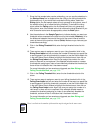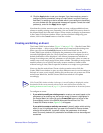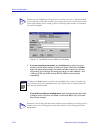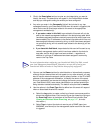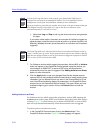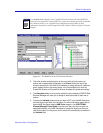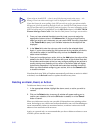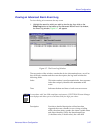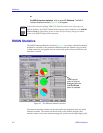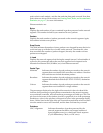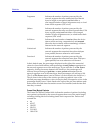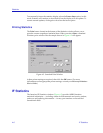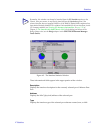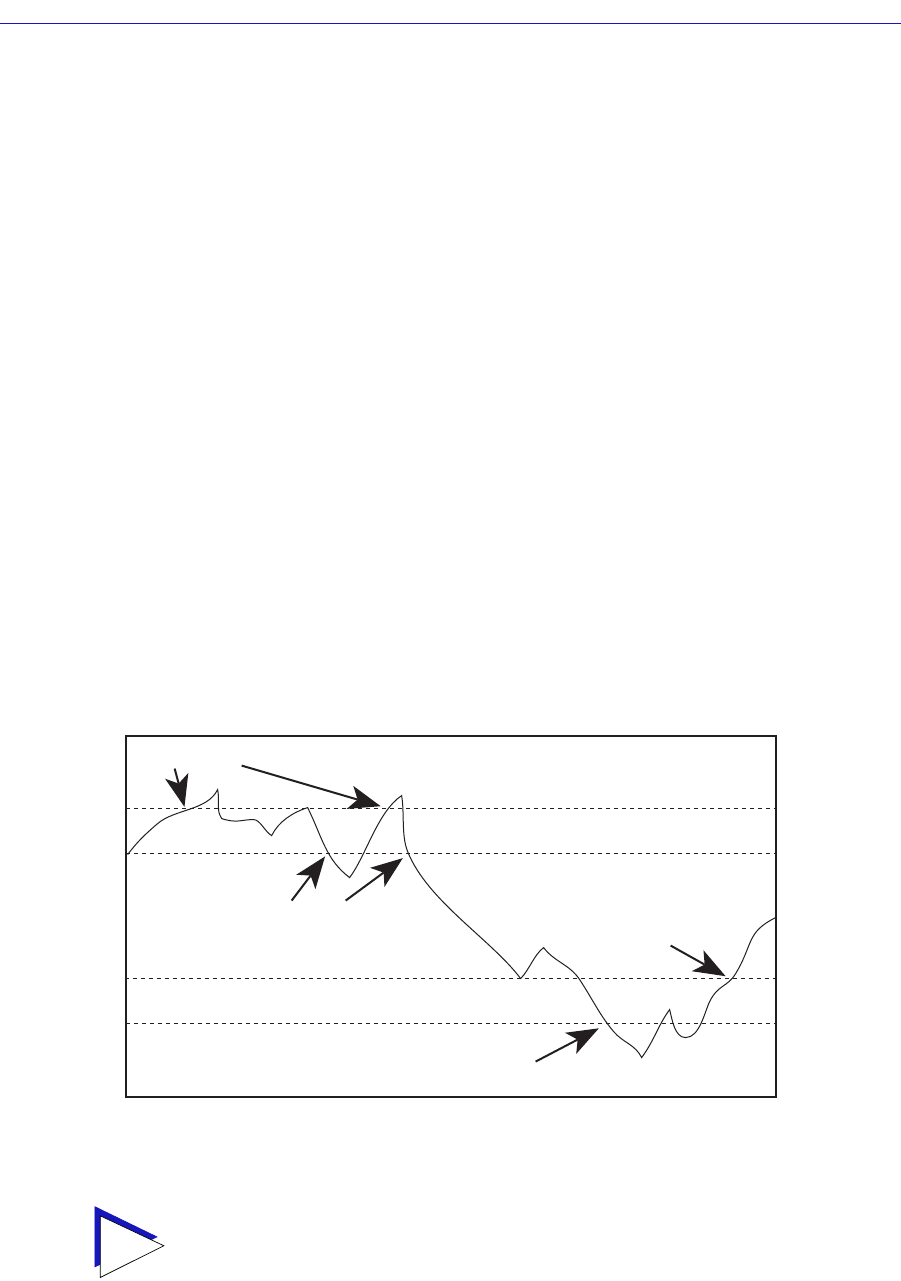
Alarm Configuration
3-28 How Rising and Falling Thresholds Work
triggered the alarm, the conÞgured threshold that was
crossed, and the event description. Use the scroll bar at
the bottom of the log to view all the information
provided.
Each log will hold only a Þnite number of entries, which is determined by the
resources available on the device; when the log is full, the oldest entries will be
replaced by new ones.
How Rising and Falling Thresholds Work
Rising and falling thresholds are intended to be used in pairs, and can be used to
provide notiÞcation of spikes or drops in a monitored value Ñ either of which can
indicate a network problem. To make the best use of this powerful feature,
however, pairs of thresholds should not be set too far apart, or the alarm
notiÞcation process may be defeated: a built-in hysteresis function designed to
limit the generation of events speciÞes that, once a conÞgured threshold is met or
crossed in one direction, no additional events will be generated until the opposite
threshold is met or crossed. Therefore, if your threshold pair spans a wide range
of values, and network performance is unstable around either threshold, you will
only receive one event in response to what may be several dramatic changes in
value. To monitor both ends of a wide range of values, set up two pairs of
thresholds: one set at the top end of the range, and one at the bottom. Figure 3-8
illustrates such a conÞguration.
Figure 3-8. Sample Rising and Falling Threshold Pairs
TIP
The current version of the Basic Alarms window only allows you to conÞgure a single pair
of thresholds for each alarm variable on each interface; be sure to keep this hysteresis
function in mind when conÞguring those threshold values.
Event
Event
Event
Event
Rising Threshold
Falling Threshold
Rising Threshold
Falling Threshold



